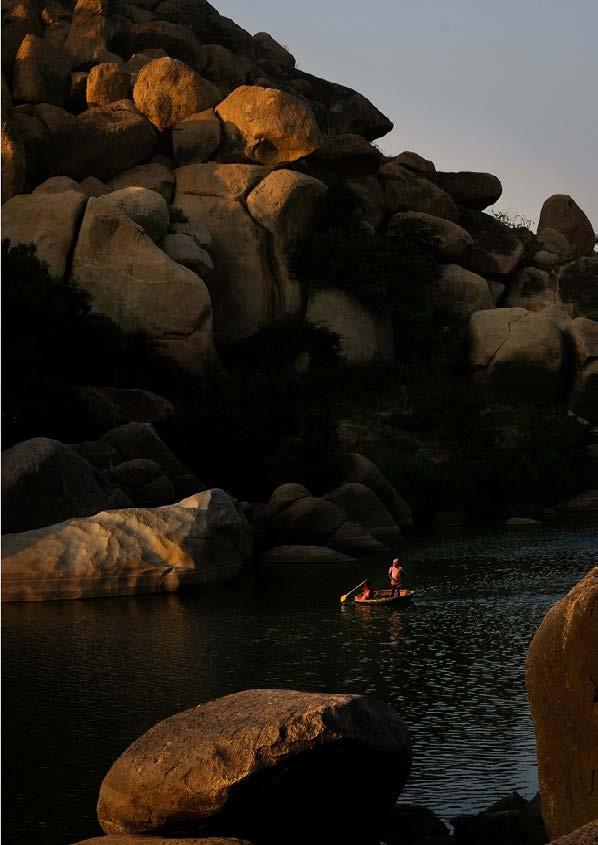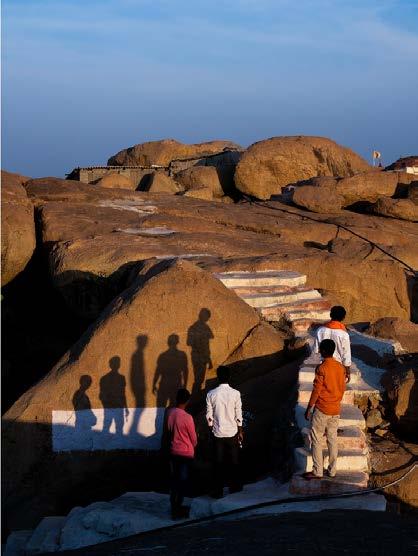
4 minute read
FOTOJAJS Calendar
from FOTOJAJS : Issue 3
by FOTOJAJS
A look back
Jhinku Banerjee
Advertisement
Followingsuit of the preceding year, we had this year’s calendar designed and published with two dozens of outstanding photos. Selected through an online contest on our social media handles, we bring you here the 2023 calendar based on theme ‘Festivals of India’.
It has two sides and the 12 pages photos on each side are carrying 12 stunning photos of various festivals of India. Being home to the most diverse array of cultures, India offers the the best palette of emotions and expressions, which is evident in the photos captured in the calendar
Tale Of A Photographer
Indrajit Khambe
interview by Jhinku Banerjee
QWewould love to know a little about the early days of your career.
AI started taking pictures in 2012. Before that, I was associated with one theatre group in the town. But somehow I felt that theatre as a form was not giving me the flexibility of working on the kind of content that I wanted to work on. So in 2012, I bought my first camera and I started learning. There was no one in my town to guide me or whose work I can study and learn. But then once internet connectivity came into my town I started searching various photographer’s work around the world.
Indrajit Khambe (b.1981) is a documentary photographer based out of Sindhudurga, a beautiful district situated near the Goa-Maharashtra border. Since 2012, he has been following his passion for photography and his work is inspired by photographers like Josef Koudelka, Robert Frank, Garry Winogrand, and India’s Raghu Rai.
His photographic subjects are rooted in his home state and he has explored various subjects relevant to this region like traditional theatre form of Konkan region, monsoon farming around Sindhudurga, landscape of Hampi and the akharas of Kolhapur.
His work has been exhibited in various Photography Festivals and published in various magazines and publications around the world. He was commissioned by brands like APPLE for the Holi project in India.
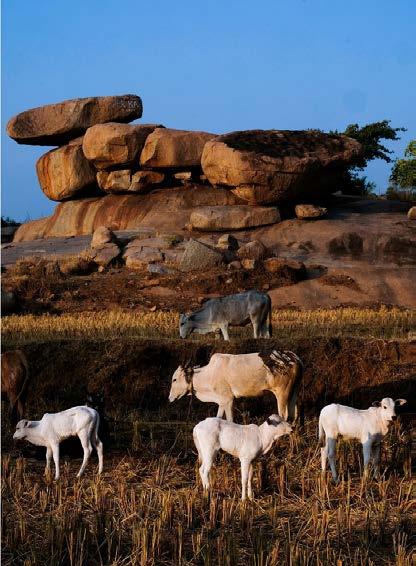
QAnything that still inspires and keeps driving you after so many years in photography?
AWhenI think about what drives me to do work then I realise that the excitement of finding something extraordinary in daily mundane life keeps me inspired. I believe that good pictures are made by accident. You go out in a hope of experiencing something which is worth photographing and usually you came across such a thing by accident. And this possibility of coming across ‘creative accidents’ keeps me inspired.
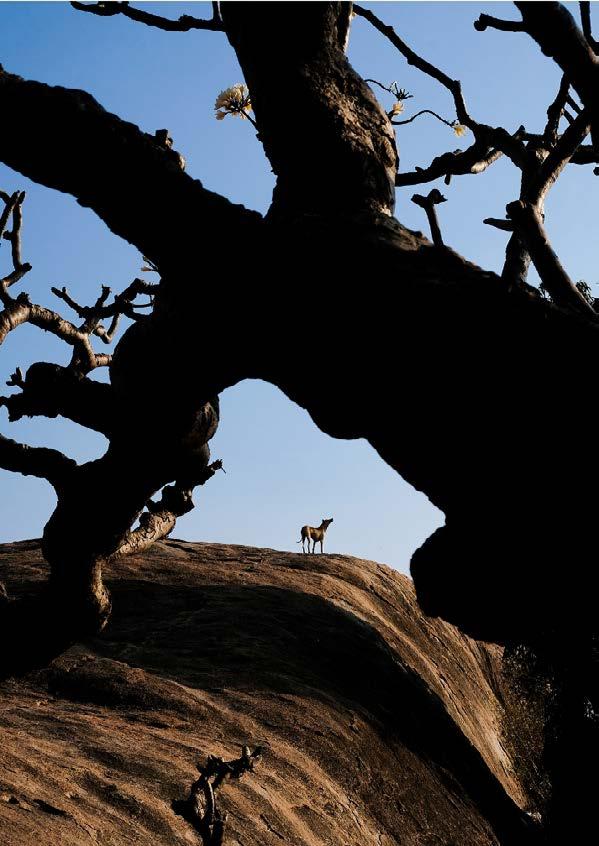
QYourperception of the Power of still images to change people’s minds.
AIthink it’s not about changing people’s minds. It’s about making them think first. Most of the time my picture carries unanswered questions more than the answered ones. I think good photographs make people pause their minds and force them to think and form their own stories. A good picture always has many possibilities of various stories depending upon the viewer’s mind.
QPlease tell us about your longitudinal works.
AI am working on many projects at a time and I don’t think there is any endpoint. Many ideas run through my mind and then I start working on a few. But I only know the starting point and I really don’t know if I ever going to give a full stop to any work. I think as a human we keep changing and our understanding of the same subject keeps evolving. So I love to keep shooting the same projects year after year. Projects like Pehelwans, Dashavatar, family, and the work I do around the fishing village are never going to end.
QSincewe are based in India, and you have been capturing essence of different parts of the country, we would love to know about your experience of working in the vast diversity of living / culture / religious practice.
AIthink we are so lucky that we live in such a country which is so much diversity of culture and geography. The most important thing for me is how I can step into that culture and document people from the perspective of the people I am photographing. Most of the time photographers are more interested in the location. But I think for me it’s more about the people who give meaning to that particular landscape. I think the location is just a backdrop for the pictures and people should be always the main area of focus.
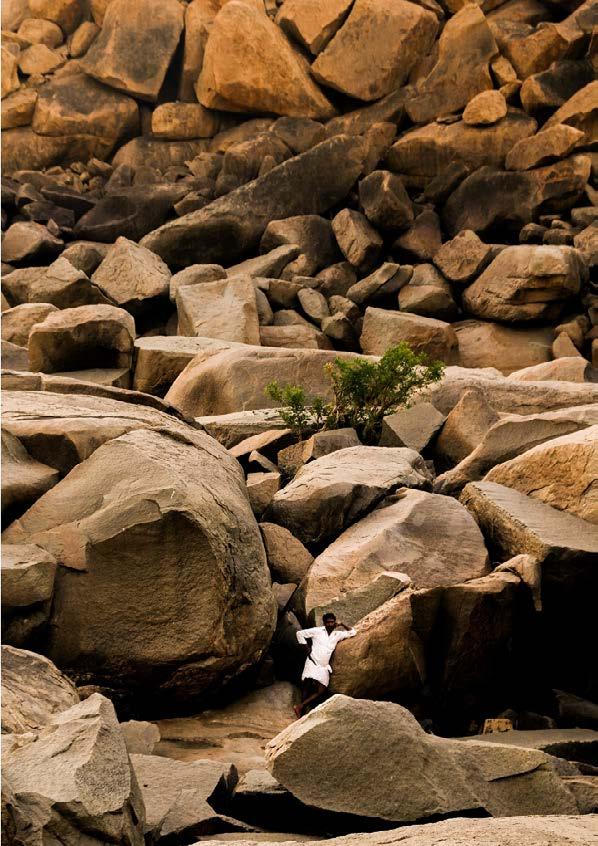
QWe have learnt that you do mobile phone photography and you also bagged a commissioned project from Apple. What is the difference between the camera and phone photography? How was the experience of working for a brand like Apple?
AIthink whether it’s a camera or a phone camera, the most important thing is to understand your tool. For me, a phone camera works better because I also document in video format. So I think it all depends upon the mindset. Once I make up my mind that I am going to document a particular thing on my phone then I think in a particular way. So rather than confusing yourself between camera or phone, it’s always better to master one tool. I think the phone is always with you and that is the reason I feel comfortable shooting with the phone because I hardly miss the shot.
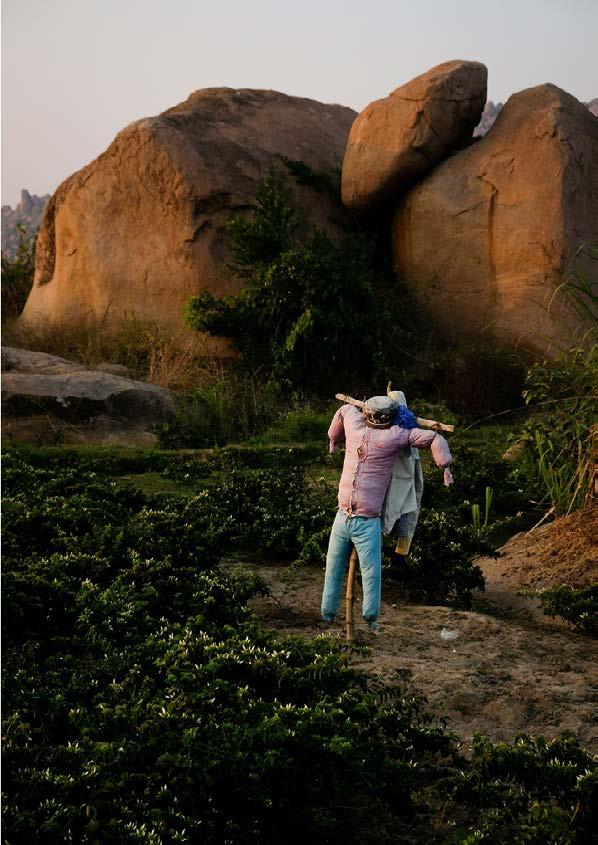
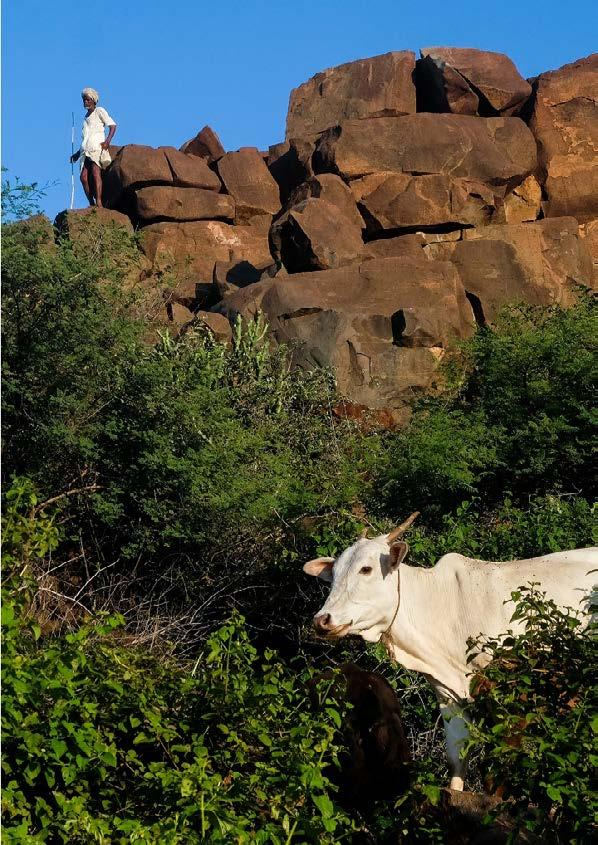
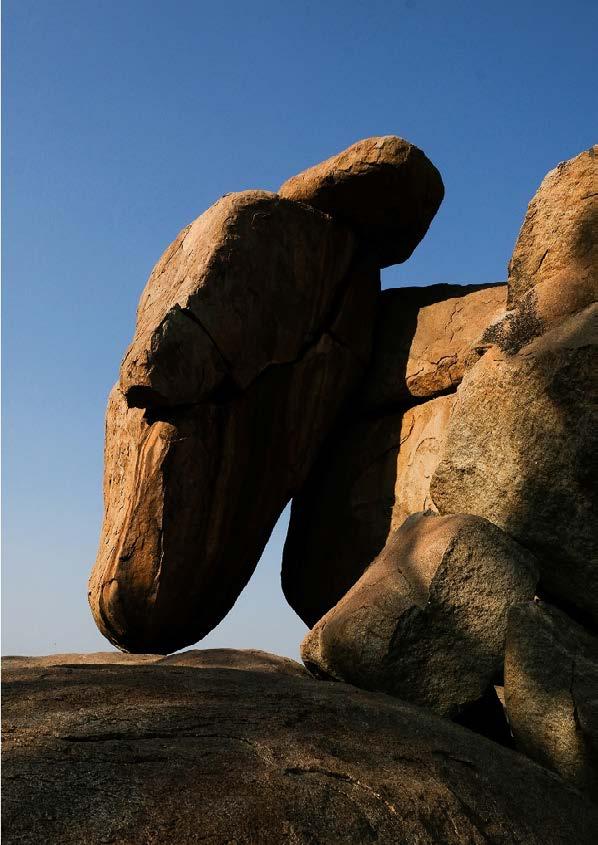
Thebest camera is the one that is with you when you come across something which is worth photographing. Shooting for apple was like a dream project. The kind of respect and support Apple gives to artists is that something makes these experiences special. I shot for Apple in Rajasthan and the entire team gave me great support and freedom to make the kind of work which reflects my style.
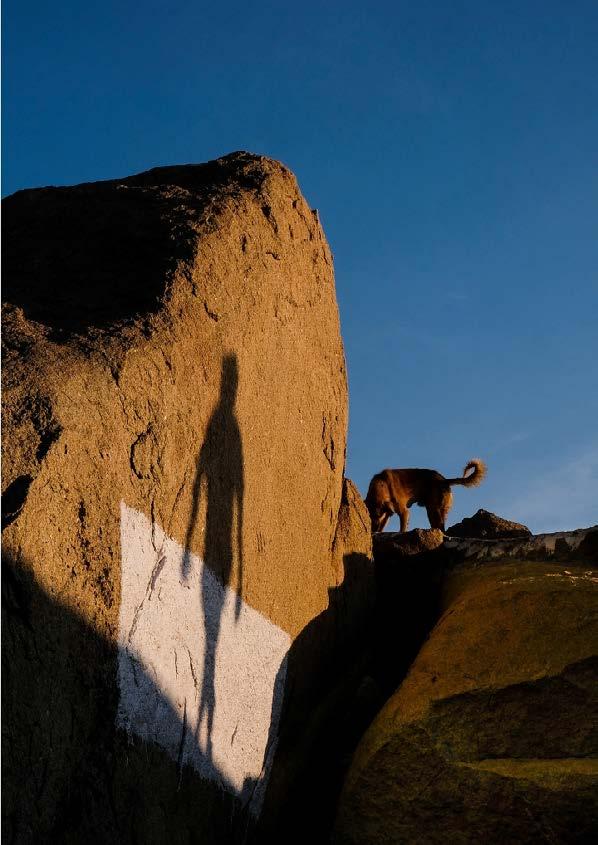
QAs a photographer, you keep traveling a lot. How about your family? What else do you like to do when you are not photographing?
AI always believe that photography is just a byproduct of your life. I don’t dedicate any special time to photographing rather I photograph what I experience in daily life. So in short photography is always secondary to me. In the first place, it’s always an experienced matter. So I just love experiencing life around me and sometimes some experiences I find worth photographing. So you will never find that I not photographing. Every day I go for a long walk or bicycle ride and I try to make myself available to see things that take place every day in nature. And then sometimes I am in a position to make a picture. And even I came back without pictures I get so many experiences that stays with me for a long time.
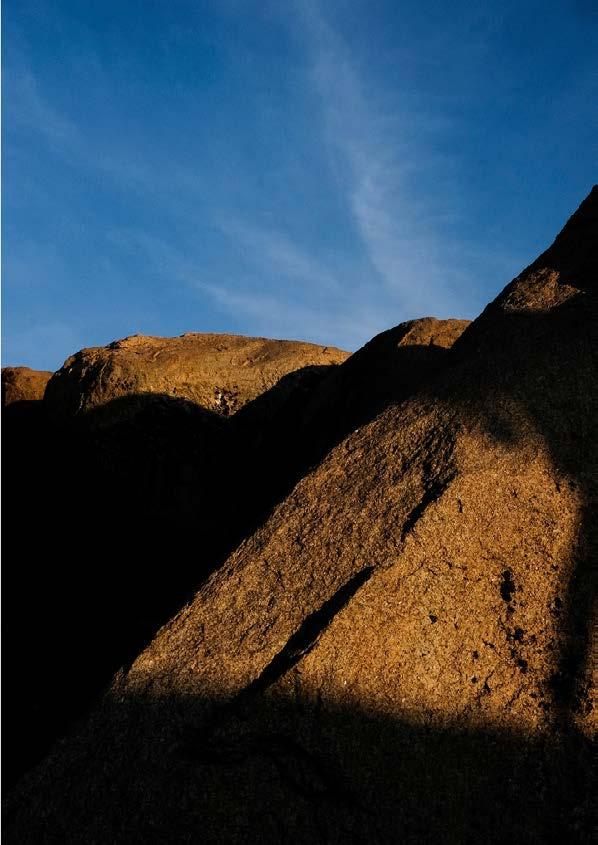
QWhat will be your message to the young generation of photographers from the subcontinent?
AThe only message I would like to give young photographers is that there is no shortcut in photography. You just need to spend hours after hours and day after day to master the craft. So just keep shooting and allow yourself to fail. Because no one can get there without failure and the more you fail, the more you are going to grow fast.
